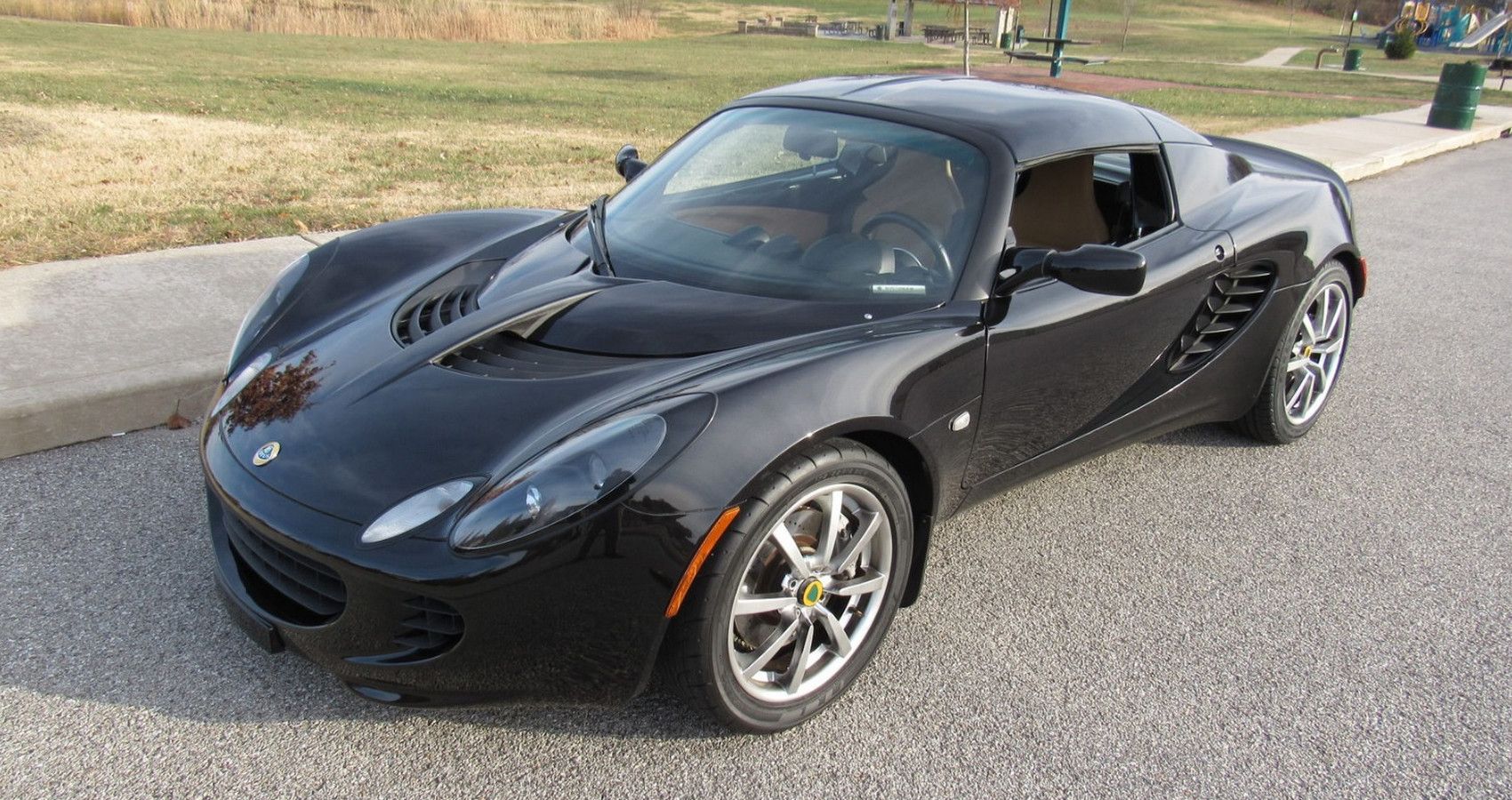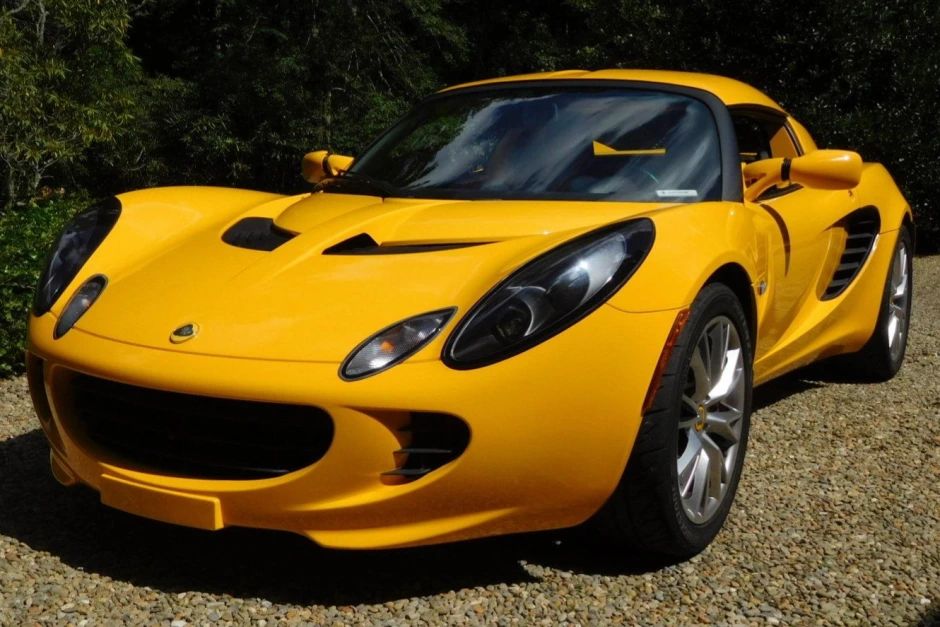Considered by many to be one of the greatest driving machines of all time, the Lotus Elise was a perfect choice for everyone out there who wanted to set track records without breaking the bank. This two-seater sports car from Lotus was in production for more than two decades and came in three generations in this time period. The lightweight body coupled with beautiful looks, peppy engine, and well-engineered suspension made it a hoot to drive around the twisties.
Being in production for quite a long time, you could lay your hands on a used Lotus Elise for as low as $6,000. However, the average price in the last five years has hovered around the $40,000 mark, meaning that the depreciation hasn't hit Lotus Elise very highly. The decent fuel efficiency and the reliable Toyota powertrains in the later generations make it even more desirable. Competing with the likes of the Honda S2000, Mazda MX-5, and Alfa Romeo 4C, here are 10 things you need to know before buying the Lotus Elise.
10 Lotus Elise Is One Of The Best Driving Machines Of All Time
The driving experience is something that enthusiasts consider the most critical aspect when buying a sports car. When it comes to the Lotus Elise, all three generations of Elise came with no compromises in this regard.
The independent front and rear suspension system, an alarmingly low curb weight, and the fiberglass body shell atop the bonded extruded aluminum chassis mean that the car is a joy to drive around corners. The powertrain on offer with the last two generations was excellent too, with impressive torque numbers due to the supercharger onboard.
9 Lotus Elise Was A One Of A Kind Model When It Came To The USA
Even though the Lotus Elise came to the UK in 1996, the first generation of the moniker was never officially launched in the USA. However, the second-generation Lotus Elise came to the USA in 2005 and was one of the preferred choices of the time.
Launched for a base MSRP of $39,985, it was much more value for money than many of the segment rivals. The stiff chassis, perfectly tuned suspension and exquisite looks mean that it ticked all the right boxes in the exclusivity and driving entertainment front.
8 First Generation Lotus Elise Came With A 1.8-Liter Engine
The Series 1 Lotus Elise is something many Americans wouldn't have seen in real. That is because it wasn't officially sold in the USA and all the cars you see are private imports or came due to the 25-year rule. However, this is one of the most desirable generations of the Elise and the driving experience on offer was next to none.
This was also the only generation of the Elise that came with the 1.8-liter Rover-sourced K-series inline-4 engine. Putting out 116 hp and 121 lb-ft of torque, the Elise S1 could do the 0-60 mph run in 5.9 seconds and had a top speed of 126 mph. This engine came mated to a 5-speed manual and the power goes to the rear wheels only.
7 Lotus Elise Has Held Its Values Reasonably Well
The Lotus Elise has held its value quite well in the used car market, which is due to its exclusivity and impressive performance. Even though the launch price was under $40,000 back in the day, the current average selling price of $40,592 means that it is even more expensive than what it came for.
The lowest sale in recent times was for $11,373 and the highest was for $79,750 for the Lotus Elise SC with just 6,000 miles on the clock. The Series 2 and Series 3 were pretty reliable monikers and many enthusiasts consider Elise as the perfect choice when upgrading from monikers like the Honda S2000 and Mazda MX-5 Miata.
6 Lotus Elise Is A Looker
Designed by Julian Thompson, the Series 1 Lotus Elise was a looker. The curvy body lines, low-slung design, large alloy wheels, and a lot of aerodynamic elements made it look very sporty. Even the Series 2 and Series 3 monikers took forward the design of Series 1, helping it to not lose its coolness.
The circular taillights and the curvy rear end with the dual exhaust of the Series 1 were similar to that of the Ferrari 246 Dino. Even the front fascia got lots of elements from this Ferrari. The quirky side profile came with tiny mirrors, and the removable roof wasn't very common at the time. The aftermarket modification support is exceptional too.
5 Series 2 Lotus Elise Came With A Supercharged Engine
The Lotus Elise SC Series 2 is the first Elise to hit the American market with a supercharged engine. This 1.8-liter supercharged DOHC inline-4 engine came from Toyota and the performance and reliability of the Elise turned out to be much superior to the earlier models.
This engine produced 218 hp and 156 lb-ft of torque. The 0-60 mph came in just 4.5 seconds and the quarter-mile took 13.3 seconds. This engine came mated to a slick-shifting 6-speed manual transmission, making the driving experience even better.
4 Series 3 Lotus Elise Gets The Most Powerful Powertrain
If you are in search of the most sought-after and powerful Lotus Elise of all time, it has to be the Series 3. Launched in 2011, the lotus Elise Series 3 came with three different engines. The base 1.6-liter Toyota 1ZR-FAE inline-4 engine and the 1.8-liter 2ZZ-GE inline-4 engine were plenty powerful.
However, the 1.8-liter supercharged 2ZR-FE inline-4 engine that churned out 217 hp and 184 lb-ft of torque is the one to get. The same lightweight body coupled with the excellent 6-speed Toyota EC60 manual transmission and RWD drivetrain helped the Elise to do a top speed of 140 mph and the 0-60 mph acceleration run in 4.1 seconds.
3 Lotus Elise Got Two Final Editions Before Going Defunct
The Lotus Elise came with two editions at the end of its production run. The Elise Sport 240 Final Edition had the same powertrain and chassis as the regular Elise of the time. However, it was the lightest car of the lot with a curb weight of just 1,979 lbs. It also came with many upgrades like 10-spoke alloy wheels, Yokohama tires, and minor aerodynamic upgrades.
The Lotus Elise Cup 250 Final Edition also sees no changes to the performance numbers and drivetrain on offer. However, Lotus managed to include an optimized aerodynamic package which added more downforce. The Bilstein dampers, adjustable anti-roll bars, and Yokohama tires were onboard and that made it even more capable on the racetracks.
2 Lotus Elise Is A Frugal Sports Car
Coming with multiple engine options in more than two decades of being in production, the Lotus Eclipse offered different fuel efficiency figures for all generations. The fuel efficiency was especially great for the Eclipse when compared to the segment rivals.
The naturally aspirated 1.8-liter engine could do 24 MPG in the city and 29 MPG on the highways. The tank capacity of 10.6 gallons was identical to many of the rivals. If you get the supercharged version, the fuel efficiency number goes down to 20 MPG in the city and 26 MPG on the highways. Even this isn't terrible by any means.
1 Lotus Elise Is A Mixed Bag On The Reliability Front
Reliability wasn't the forte of the Lotus Elise and some of the earlier model years had a few quality control issues. This included interior rattling, low-rent plastic bits, electrical issues due to the cheap wiring harness, and paint defects.
These defects were mostly rectified in Series 2 and Series 3 of the Lotus Elise. The earlier Rover K-series engines had head gasket issues at higher mileage, especially when not cared for. However, the later Toyota-sourced engines and transmissions are pretty bulletproof.
Sources: Classic.com, Hagerty

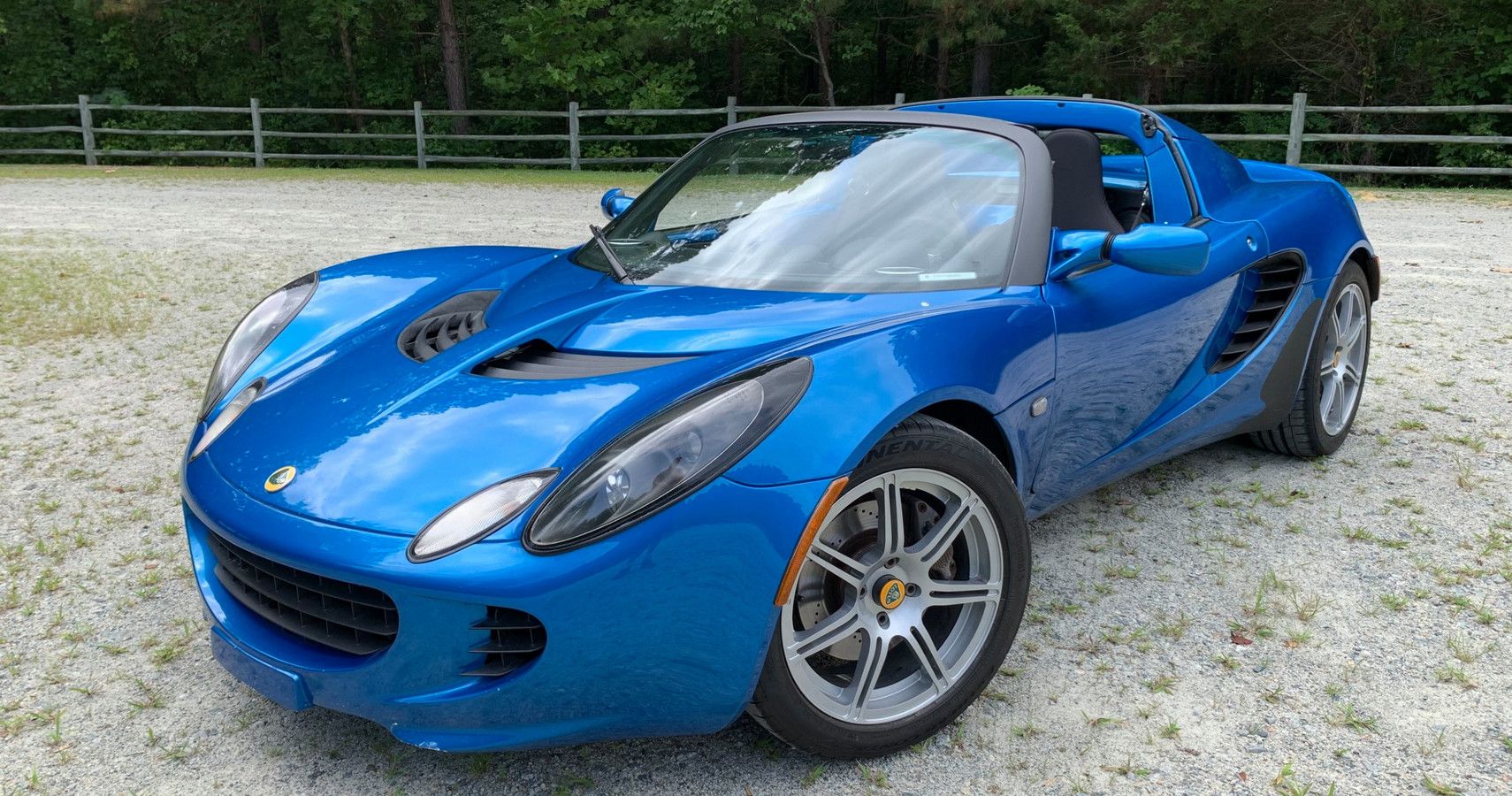
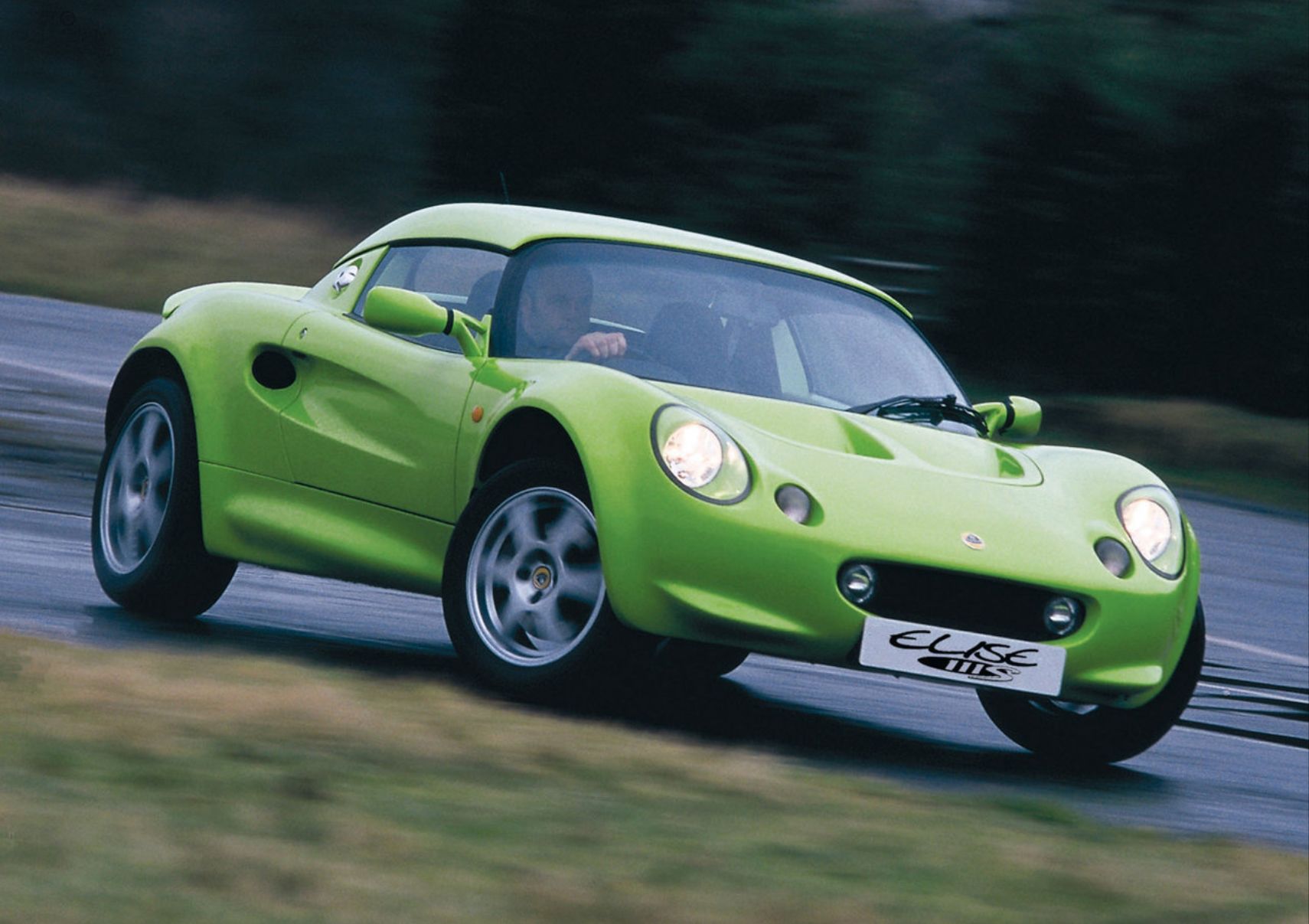
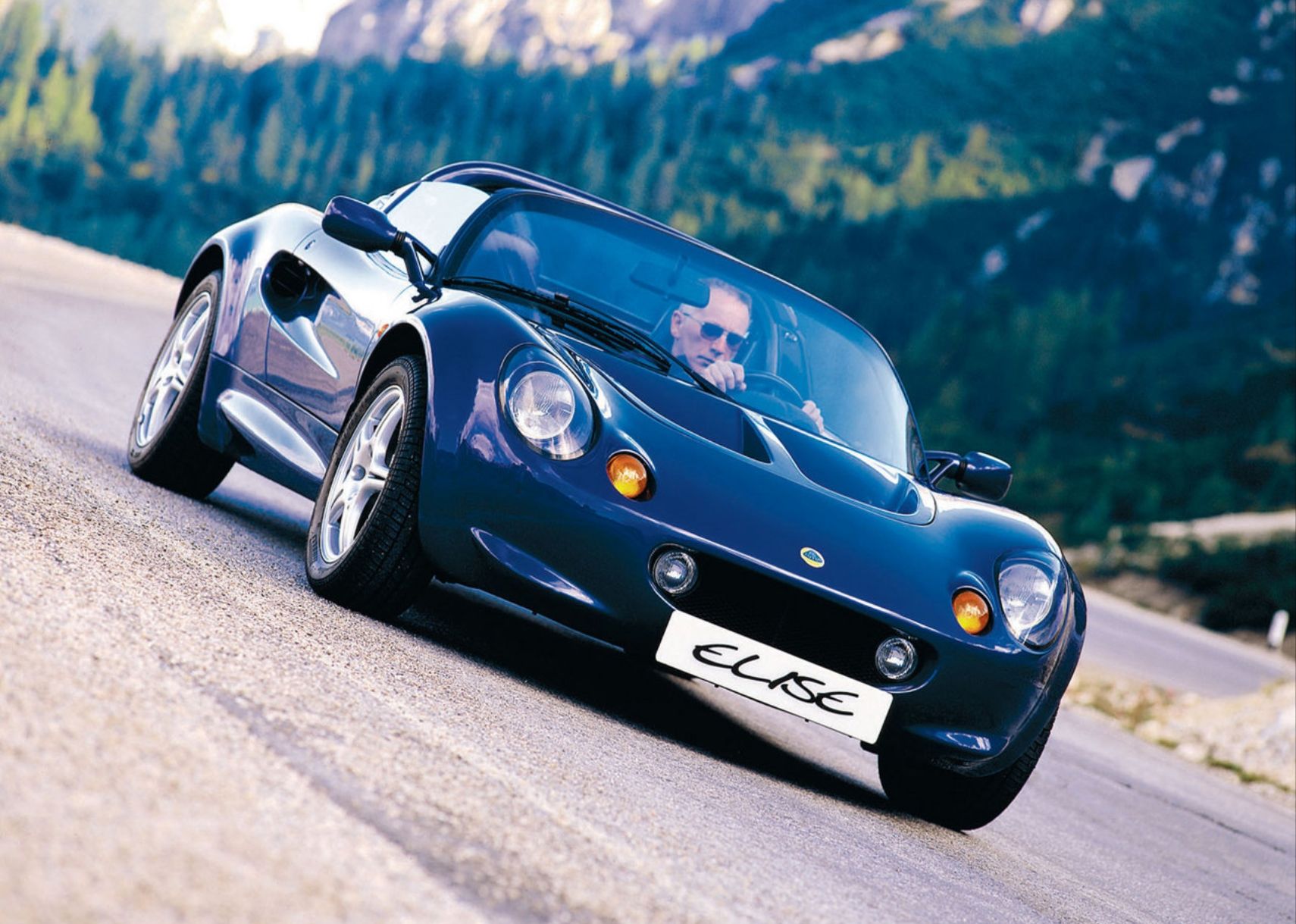
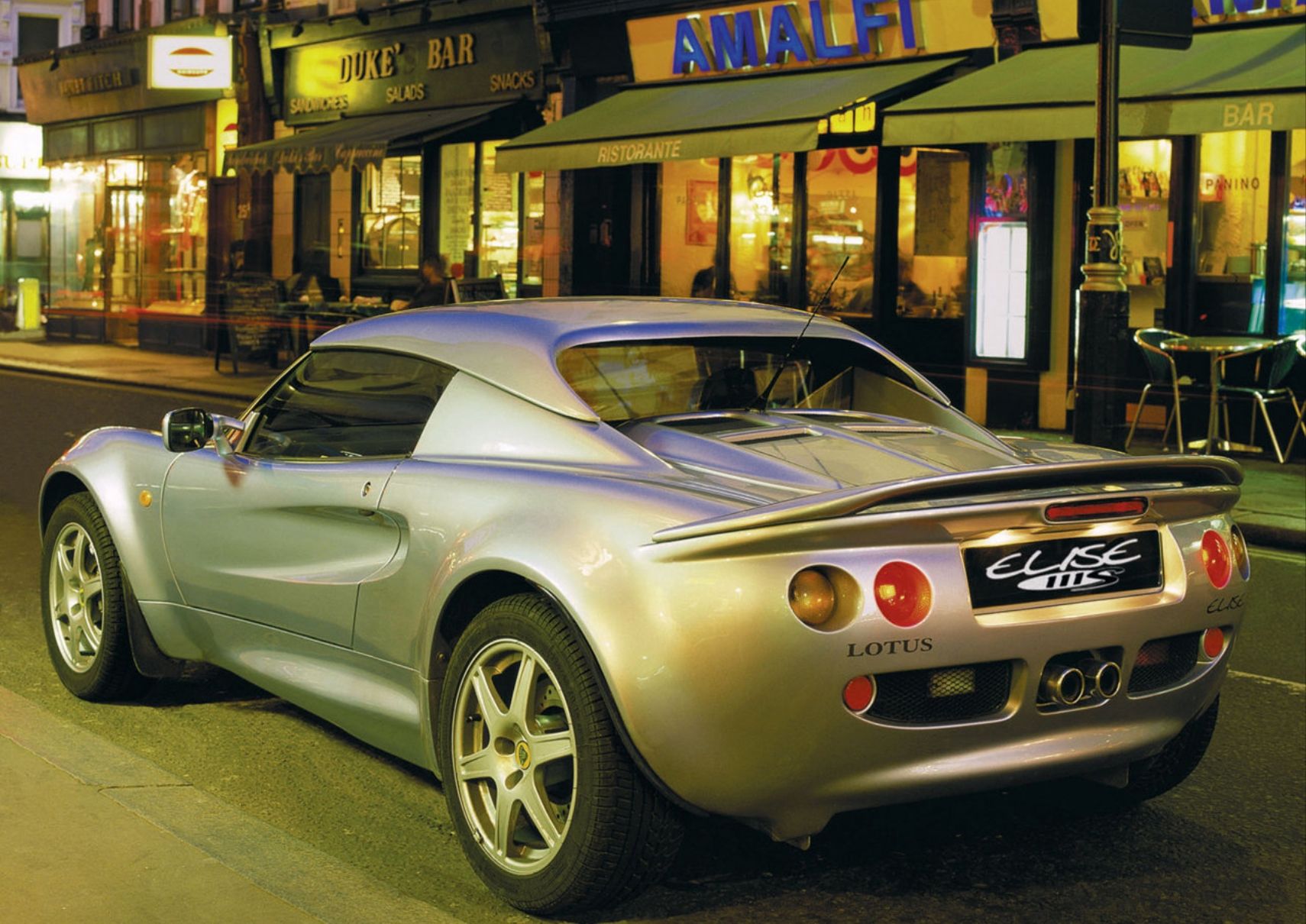
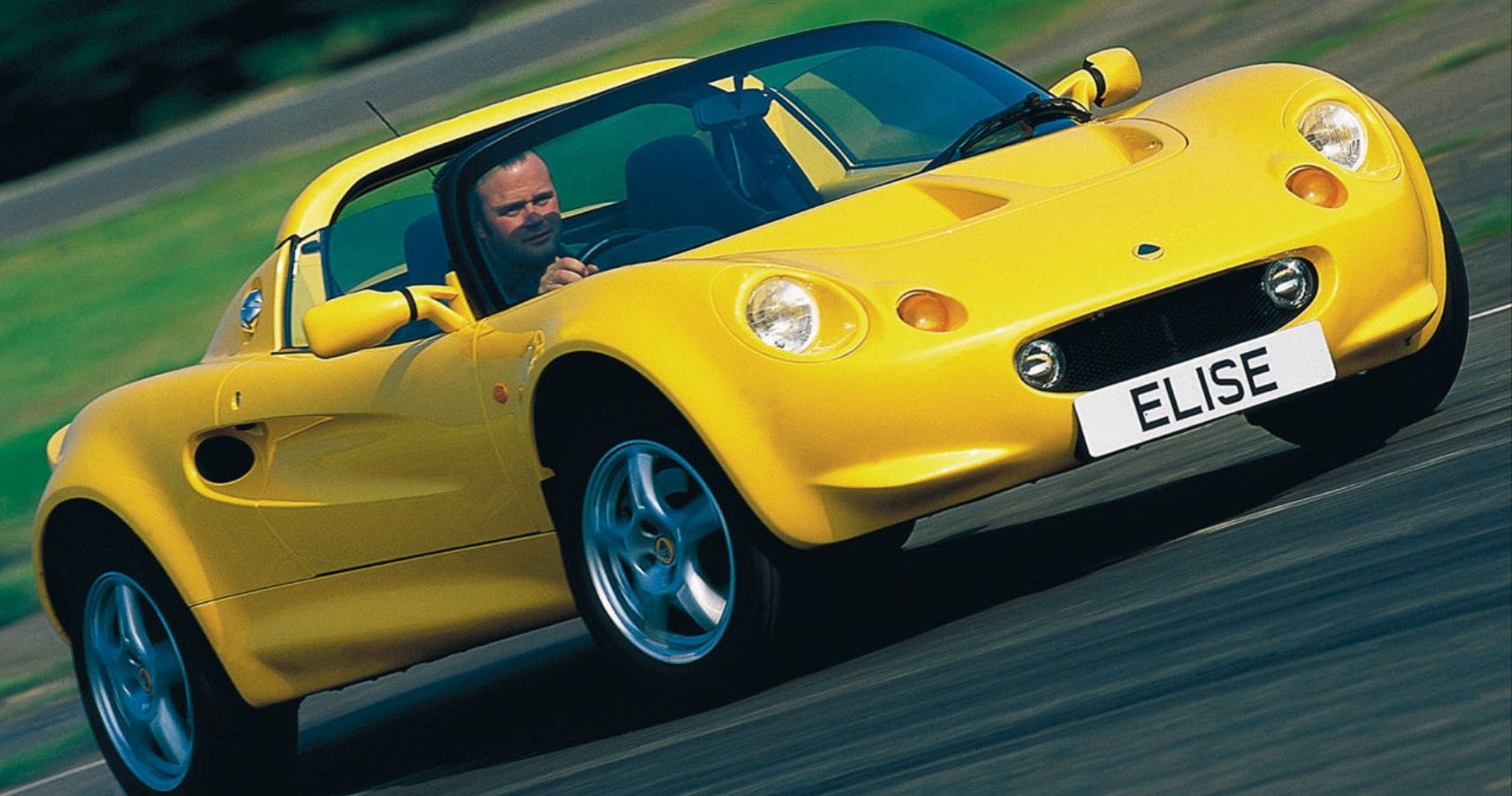
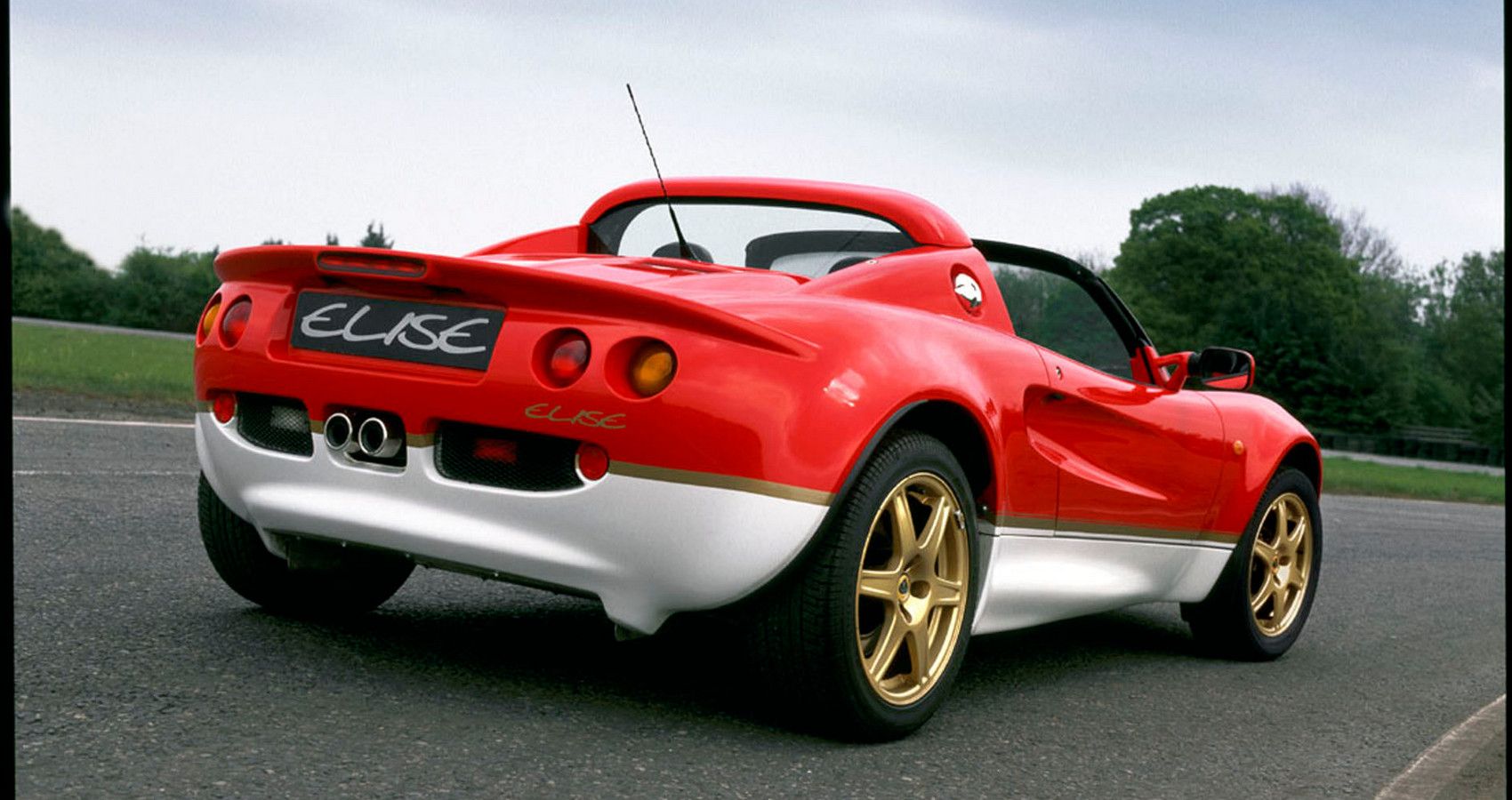
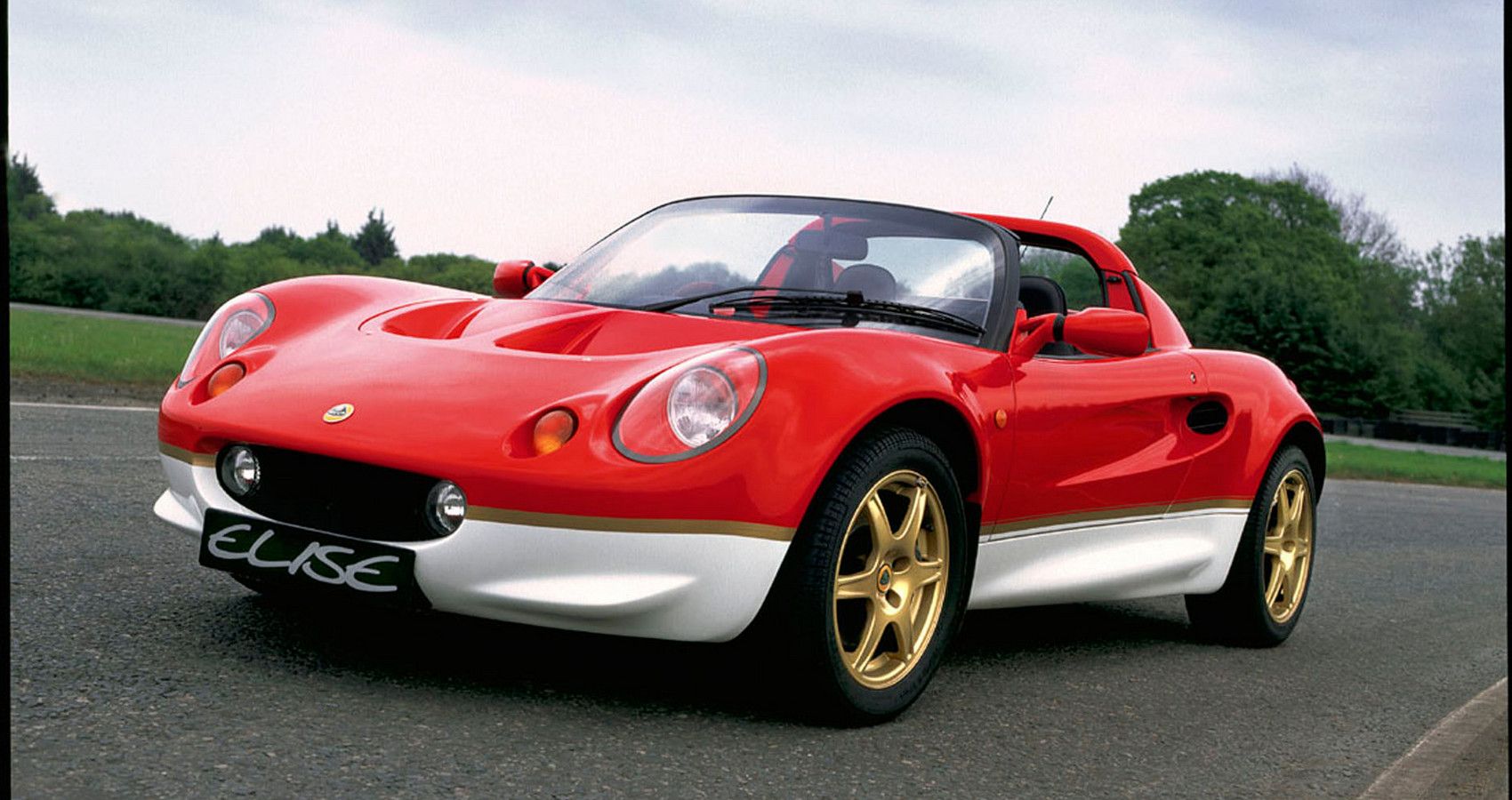
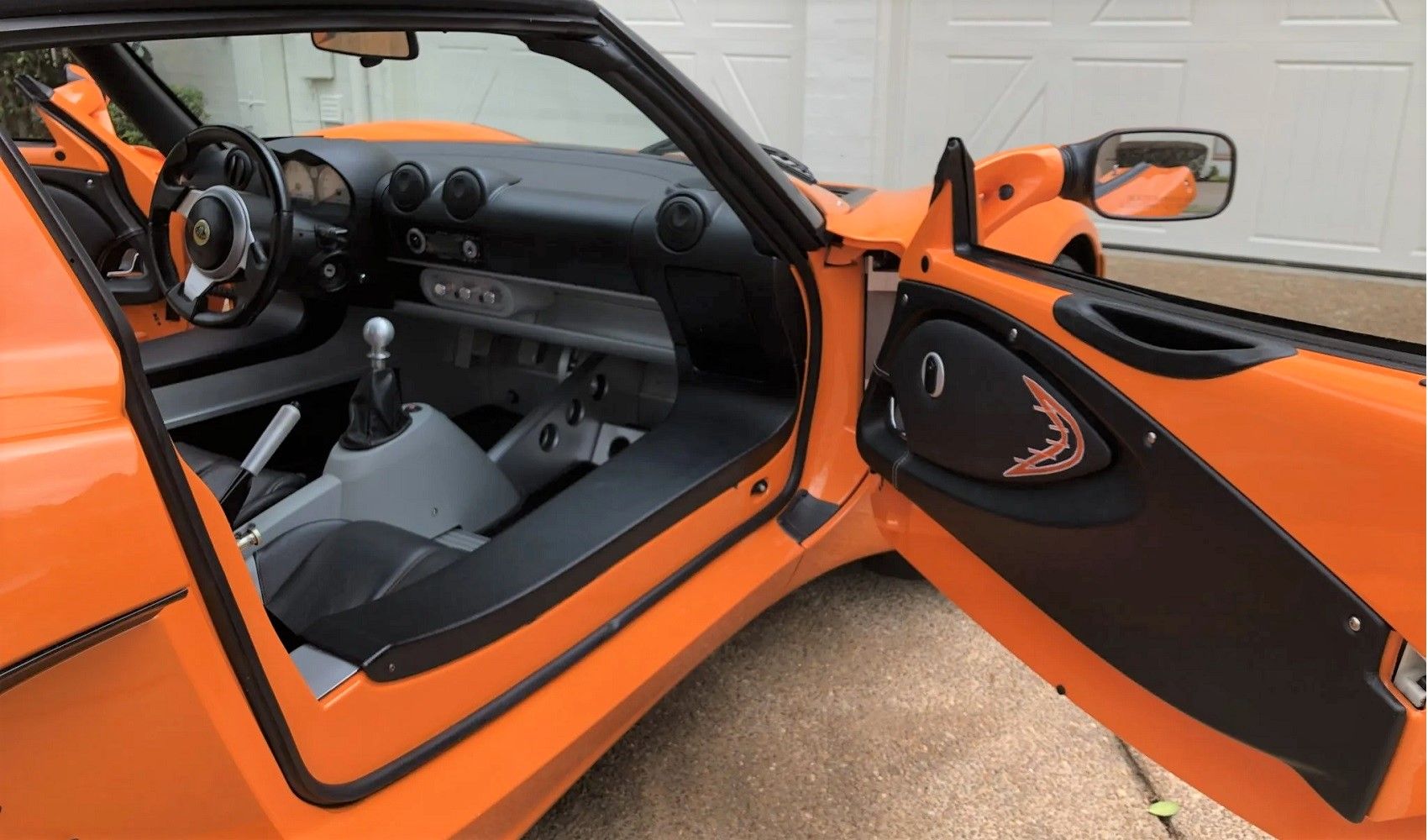
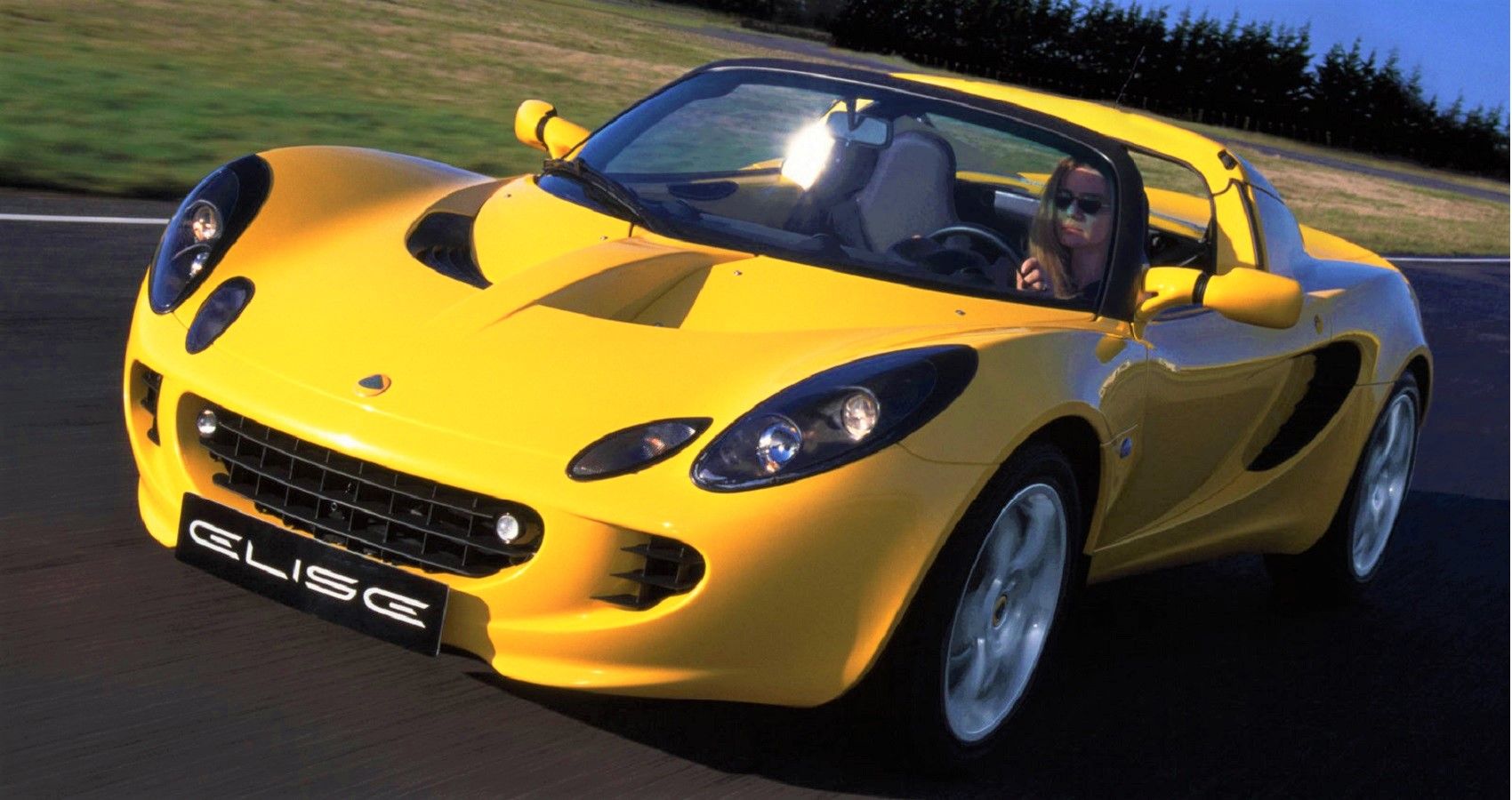
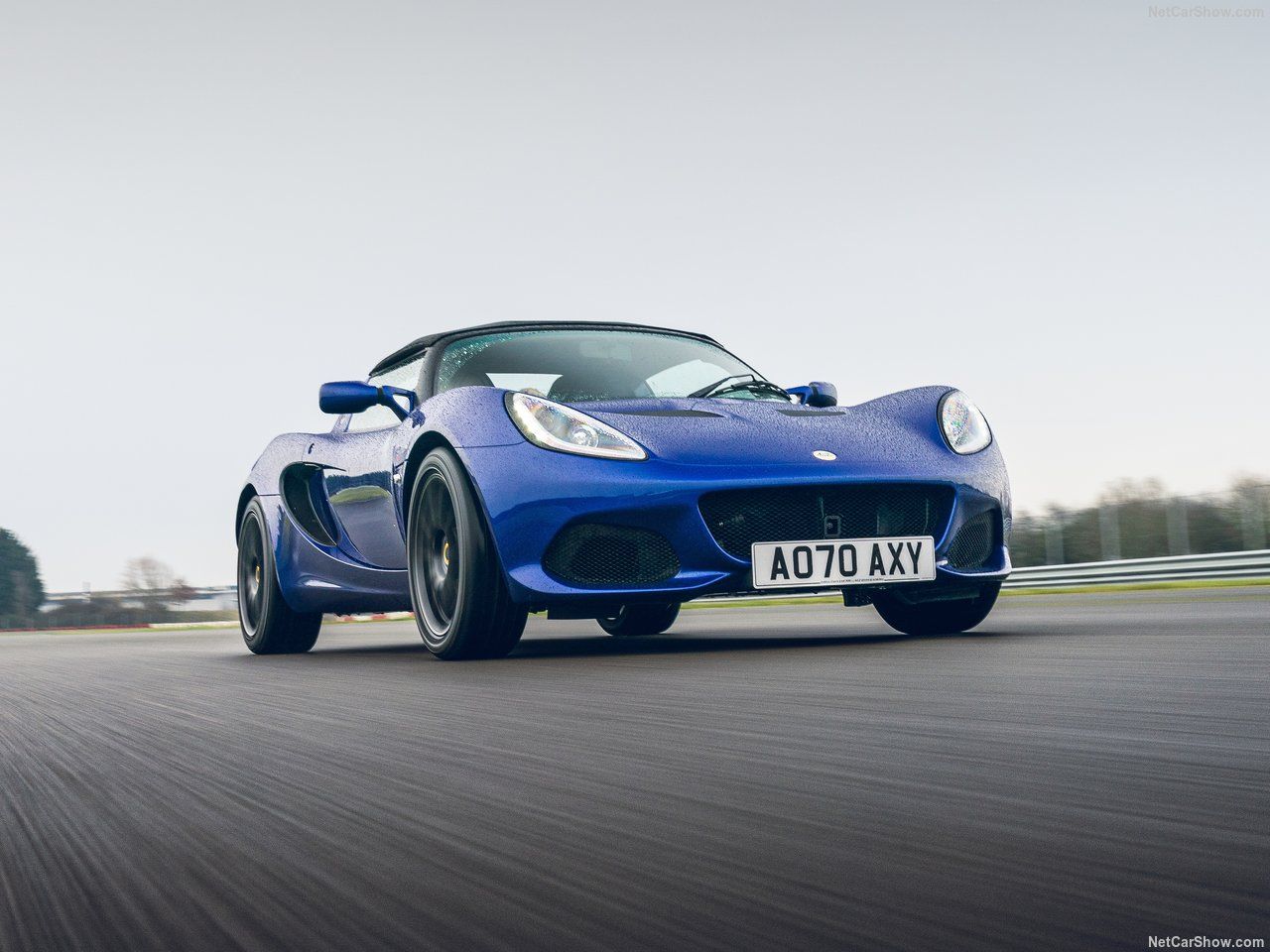
.jpg)
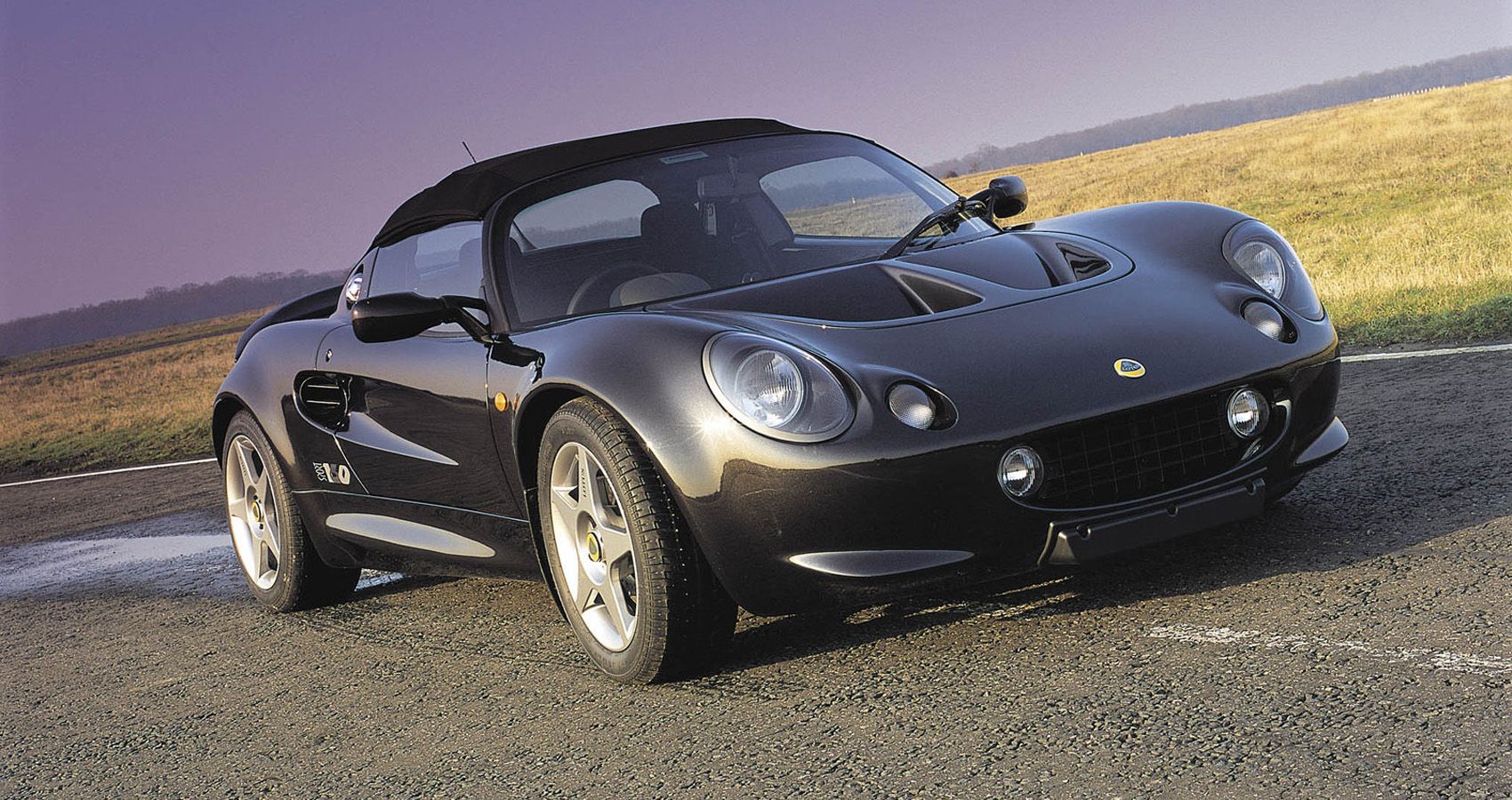

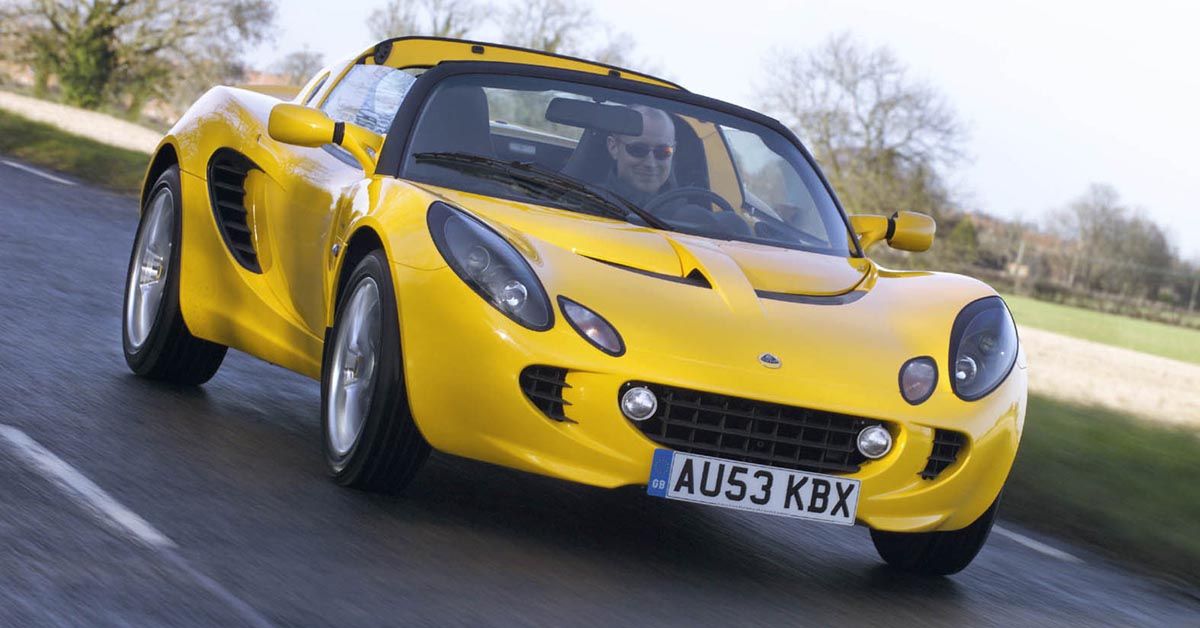
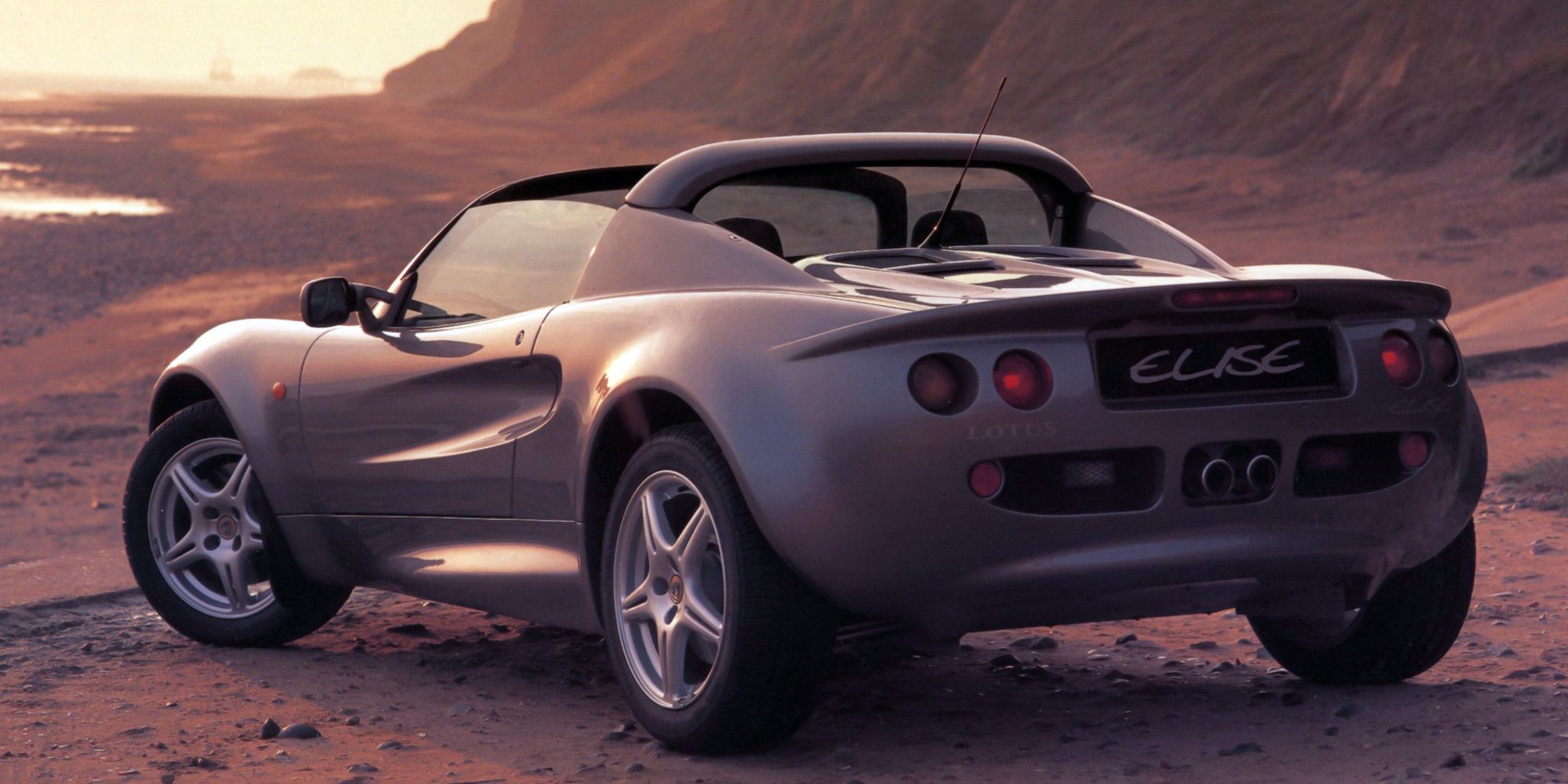
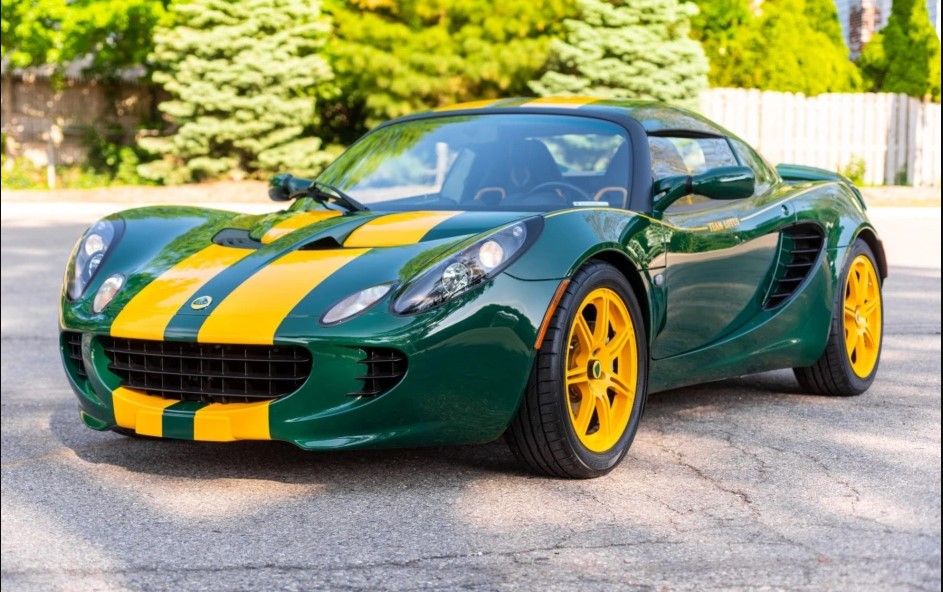
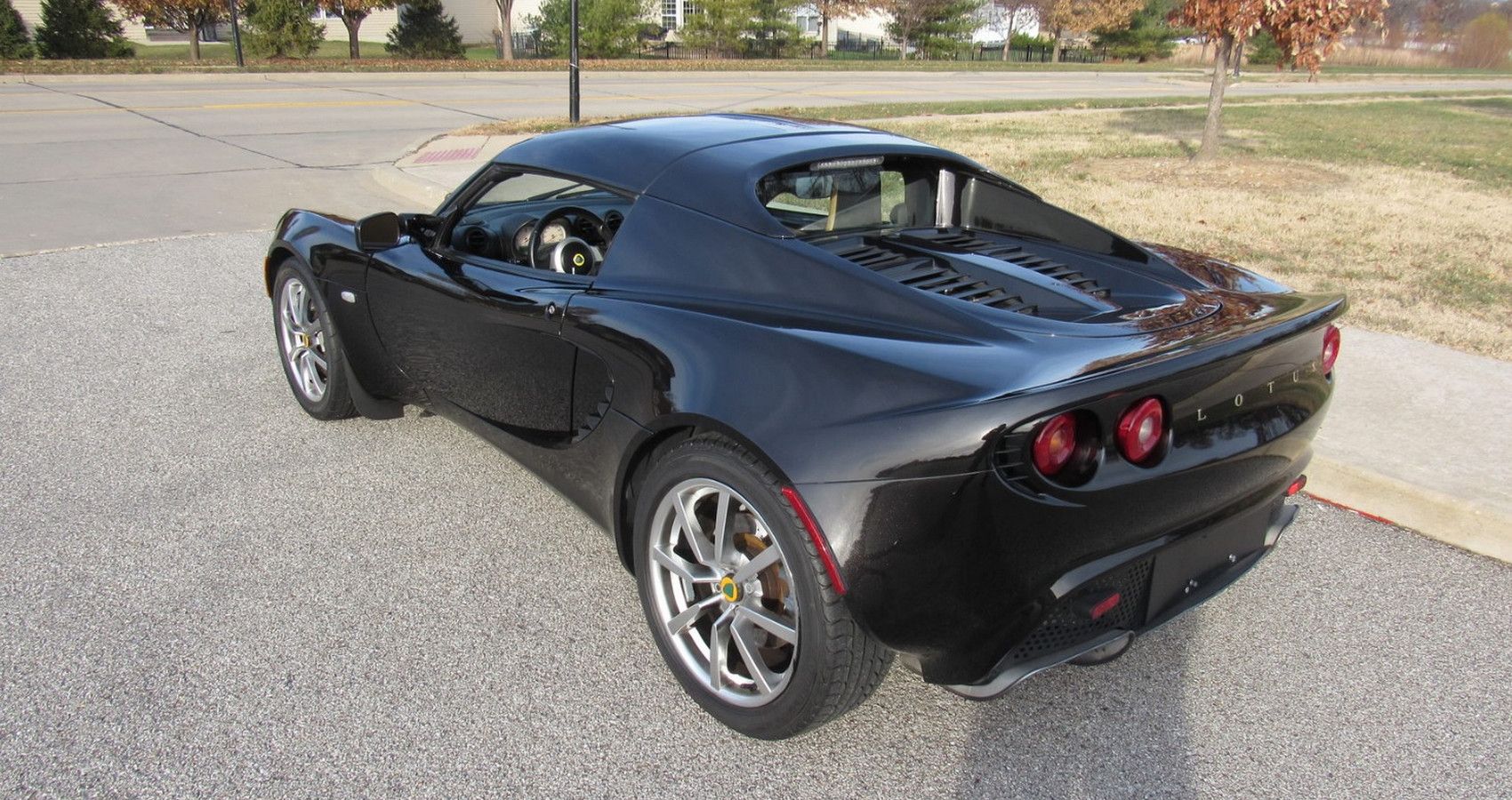
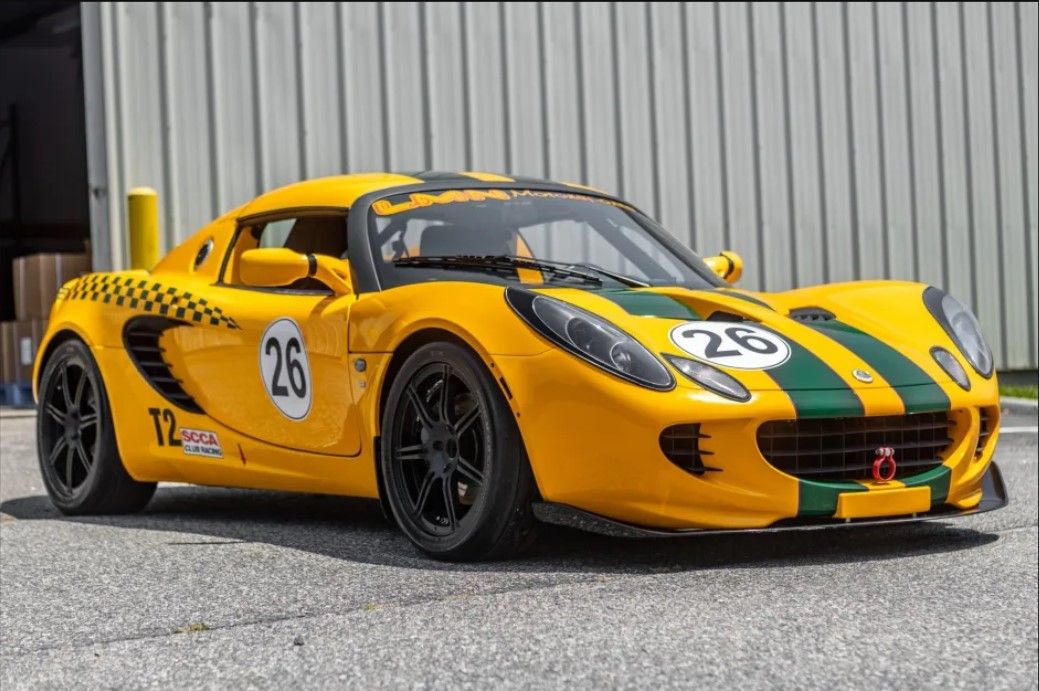
.jpg)
